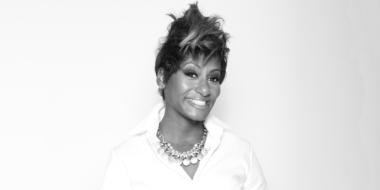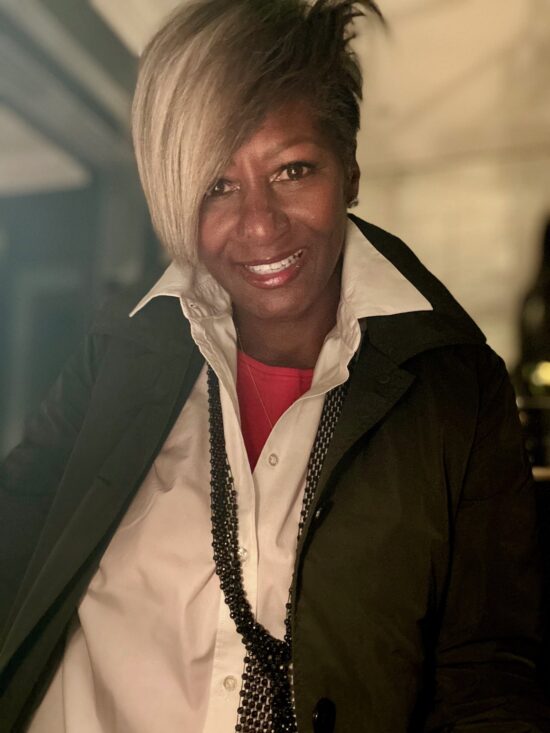Learning is a lifetime experience….or in this case, a weeklong experience! A few more cool sole-ful facts:
- The two most common types of dress shoe construction are Blake and Goodyear. The former involves stitches that go directly through the outsole, insole, and upper directly underneath the foot. This results in a shoe that is less waterproof but also far sleeker. Goodyear construction, meanwhile, uses a welt, which precludes the need to stitch through the insole and upper and makes the shoe both bulkier and more resistant to leakage. It’s not hard to guess which technique the Italians prefer, and which the English favor.
 The perforation that defines a brogue is now strictly ornamental, but hundreds of years ago those holes served a very practical purpose: to facilitate the water drainage in the Scottish Highlands as farmers tramped across the sodden ground.
The perforation that defines a brogue is now strictly ornamental, but hundreds of years ago those holes served a very practical purpose: to facilitate the water drainage in the Scottish Highlands as farmers tramped across the sodden ground.- Cordovan—horsehide that’s undergone six months of processing—is one of the most expensive—and durable—types of leather. It’s exceptionally water resistant, difficult to scuff, and shines up beautifully even after intense abuse.
- An oxford—or Balmoral oxford, for the Brits—is a closed-throat style where the lacing flaps are created by cutting a slit in the vamp.
- A blucher—also known as a gibson or a derby— is an open-throat style of shoe with the lace flaps sewn onto the outside of the vamp (which is often of one piece with the tongue).










2 Responses
Wow who would have thought there was so much science to shoes.
Thxs for the insight.
Knowing tidbits of information is great…plus they’re great conversation starters! It’s good stuff to help your beau!